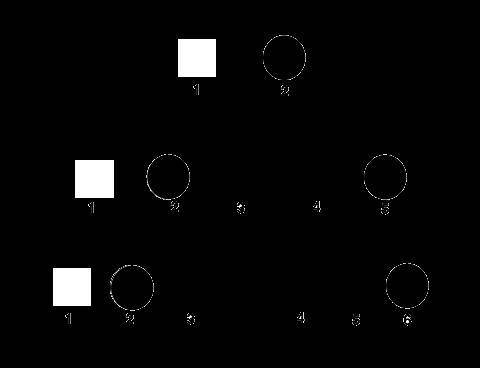
The pedigree below tracks the presence of dimples through a family's generation. Having dimples is an autosomal dominant trait.
If individual III-3 married a woman who was heterozygous for dimples, what is the percent chance their children will have dimples?
Choose 1
(Choice A)
A
0%
(Choice B)
B
25%
(Choice C)
C
75%
(Choice D)
D
100%


Answers: 1


Another question on Biology

Biology, 22.06.2019 02:00
What is an endocrine function? (apex) a.esophageal glands release mucus into the esophagus b.salivary glands release saliva into mouth c.swear glands release sweat to the skin d.the pineal gland releases melatonin into the bloodstream
Answers: 1

Biology, 22.06.2019 03:30
How can a geological time scale best be reconstructed? a) comparing vestigial structures in living species b) comparing homologous structures in living species c) examining homologous structures in fossil remains d) examining the written records of scientists from past cultures
Answers: 1

Biology, 22.06.2019 05:30
Can bacteria reproduce in a way such that when you start out with two bacteria, you get five bacteria? why or why not? * a. yes, because bacteria reproduce sexually, and can produce any number of offspring, just as humans do. b. no, because bacteria grow at an exponential rate. c. no, because when bacteria reproduce, they split into two parts, and two bacteria splitting would result in four bacteria.
Answers: 1

Biology, 22.06.2019 06:00
Which is one example of a phenotypic change that is not genetic
Answers: 3
You know the right answer?
The pedigree below tracks the presence of dimples through a family's generation. Having dimples is a...
Questions

Mathematics, 24.12.2019 19:31

Mathematics, 24.12.2019 19:31


Mathematics, 24.12.2019 19:31



Mathematics, 24.12.2019 19:31


Business, 24.12.2019 19:31


Biology, 24.12.2019 19:31





Mathematics, 24.12.2019 19:31

Mathematics, 24.12.2019 19:31



Biology, 24.12.2019 19:31



